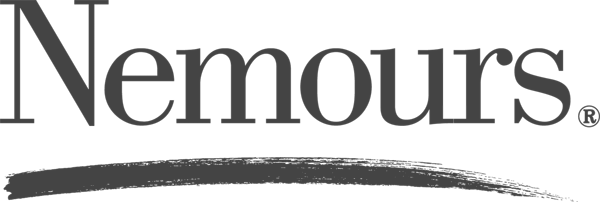The way your readers interact and consume your content is changing faster than any time in history. This has to do with the influx of smartphones, tablets, laptop and desktop screen size variations. If you desire a certain screen size as a consumer there’s a very good chance you can find what you’re looking for.
Simply tailoring your content to the laptop screen size is no longer enough. Now, your content must display perfectly on the plethora of screen sizes, otherwise you run the risk of alienating certain groups of customers.
The influx of the mobile market and the array of screen sizes has made the job of creating compelling content even more complex. However, all it takes is a little creative thinking in order to engineer a solution to your problem.
In this article we’re going to highlight the steps you need to take to make sure your content works across every device, and is capable of growing your search engine rankings and customer base.
Understanding Screen Sizes
People often use their devices at different times during the day. You’ll want to be clear at the exact time your customers are accessing your content and from which device they’re using.
The best way to do this is through collecting data through varying analytics platforms. You’ll want to keep track of what device is used, what time of day they access certain areas of your website, and the amount of time spend on each device.
People are looking for different things when they access your website via different devices. If you can provide them exactly what they’re looking for you’ll be better primed to make sale or convert them into a customer.
This will help to paint a better picture in which you can use to craft a more holistic content strategy.
Bringing Timing Into The Equation
People interact with content differently at different times of the day. For instance, people tend to spend more time reading on their laptops than they do on their smartphones.
People are also more likely to use their smartphones and laptops simultaneously during the evening hours.
You’ll need your website to display your content effectively across every device. It can also be helpful to send your customer emails during hours in which they’re more likely to be using the device that best displays your content.
For example, if you have a content feature that doesn’t make sense for a smartphone user, then you’ll want to ensure your user is in front of their laptop when they open your email, or visit your website. Sometimes, a simple reminder to the user will do the trick.
Once Again, It’s All About The Customer
However, no matter how much you study your data to figure out what devices your customer uses the most, you’ll never succeed if you forget one crucial element. That element is bringing your focus back to the user.
Sometimes, your goal should be to have your content available to the user no matter which device they decide to use, or what time of day they want to access your website. Frankly, if they can’t consume your content where and when they want there’s a good chance they’re going to go to your competitors.
Focus on device usage and give your customers the ability to access whatever they want, whenever they want. That being said, the following guidelines might help you to gain some basic understanding around device usage:
- Desktop: the main use of desktops and laptops are for work-related purposes and staying informed.
- Tablet: the main use for tablets is to be entertainment.
- Mobile: the main use for mobile phones is to keep us connected and to do small browser tasks.
Overall, it’s important to ensure your content is optimized for viewers across all different screen sizes. Your content is important for your SEO Jacksonville strategy and even when converting website visitors into customers.
If you need help crafting a content strategy to optimize your Jacksonville SEO strategy then get in touch with C7 Creative today.
Calvin Bryant
Calvin is a digital expert with clients in the U.S., U.K., and the Caribbean Islands. As the founder of C7, he has worked with Joel Osteen, Carlos Santana, the FBI, and the NBA. He resides in Ponte Vedra, Florida, and is a proud father and husband of 28+ years to his wife, Krista.








